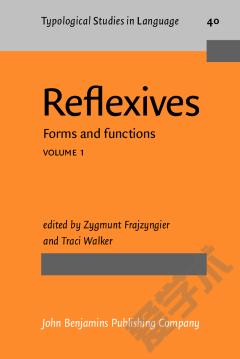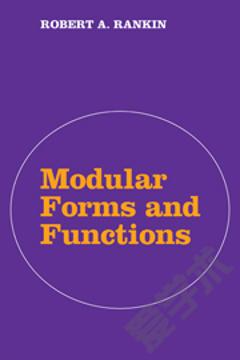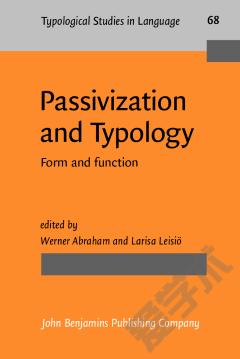Reflexives. Forms and functions. Volume 1
The importance of reflexive markers in the study of language structure cannot be underestimated: they participate in the coding of the argument structure of a clause; in the coding of semantic relations between arguments and verbs; in the coding of the relationship between arguments; in the coding of aspect; in the coding of point of view; and in the Coding of the information structure of a clause.The present volume offers an approach to reflexive forms and functions from several perspectives: a formal approach where reflexives are discussed within a well-defined model of language representation; a typological approach; a historical approach concentrating on grammaticalization of reflexives and on the changes that pronouns and anaphors undergo; and a functionalist approach where functions of reflexive forms are described. The languages from which data were drawn represent a wide variety of language families and language types: English, Old English, Dutch, German, Tsakhur (Nakh-Dagestanian), Spanish, French, Bantu and Chadic languages. The variety of languages discussed and the different approaches taken complement each other in that each contributes an important piece to the understanding of reflexives in a cross-linguistic perspective.
{{comment.content}}








 京公网安备 11010802027623号
京公网安备 11010802027623号